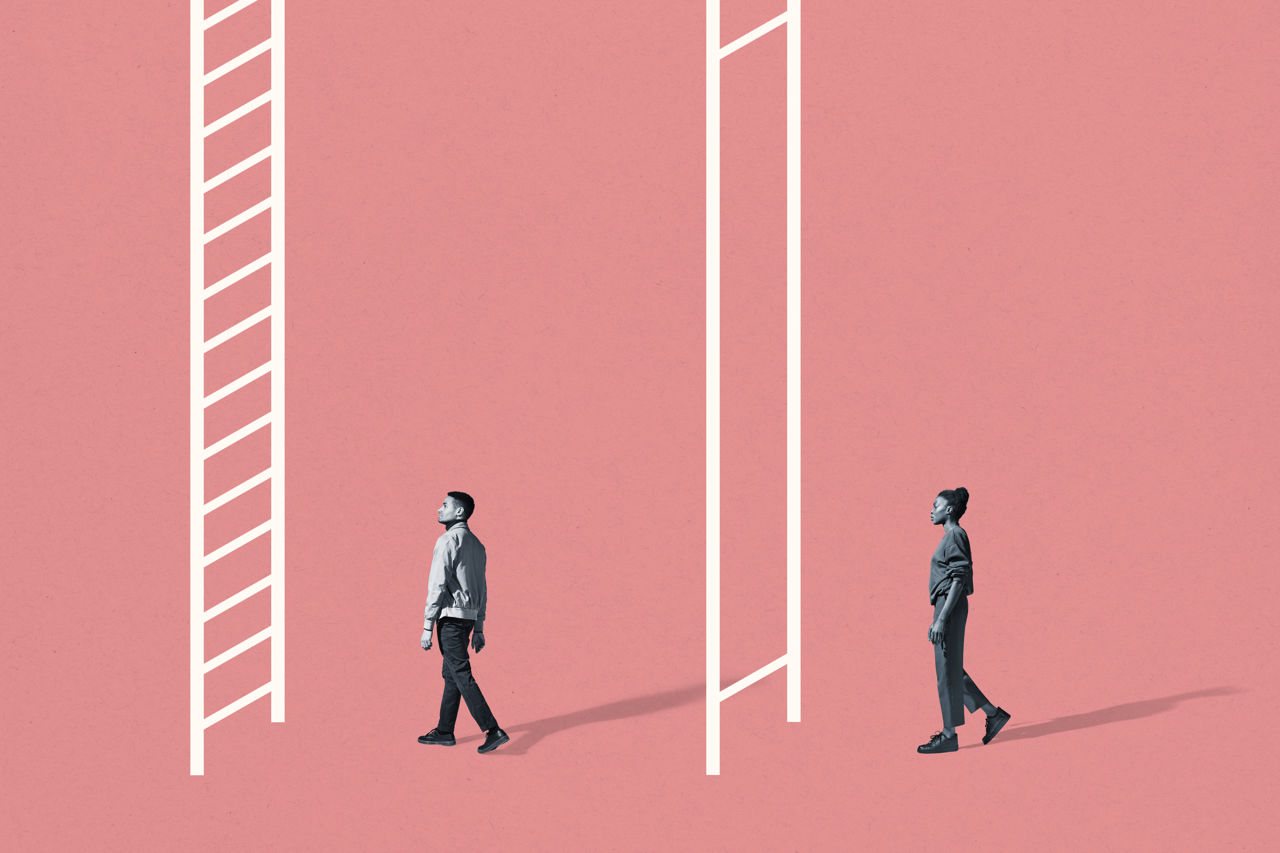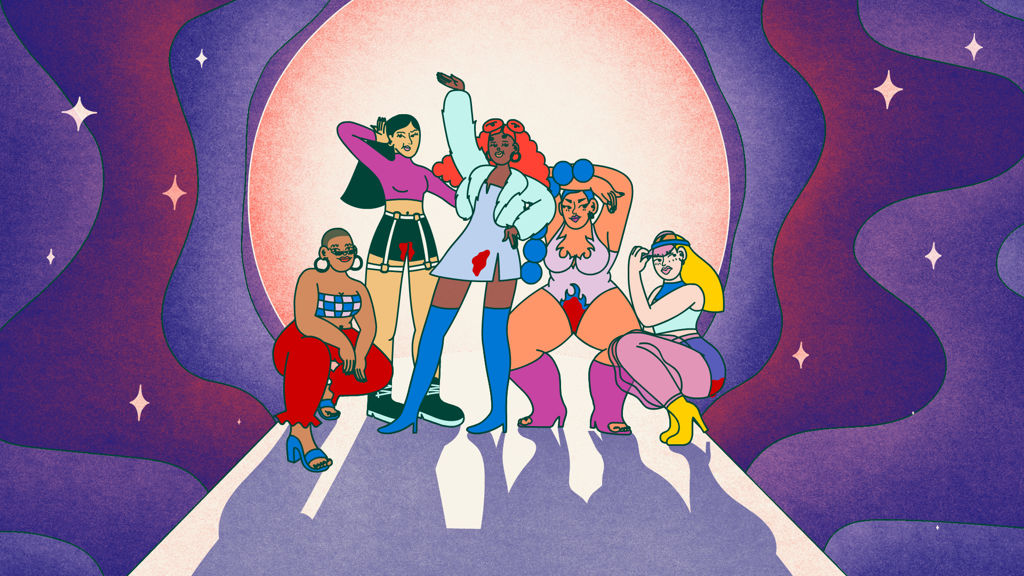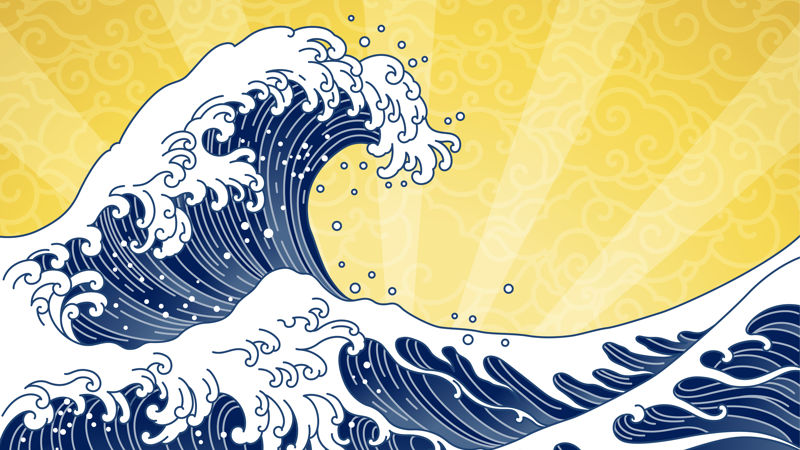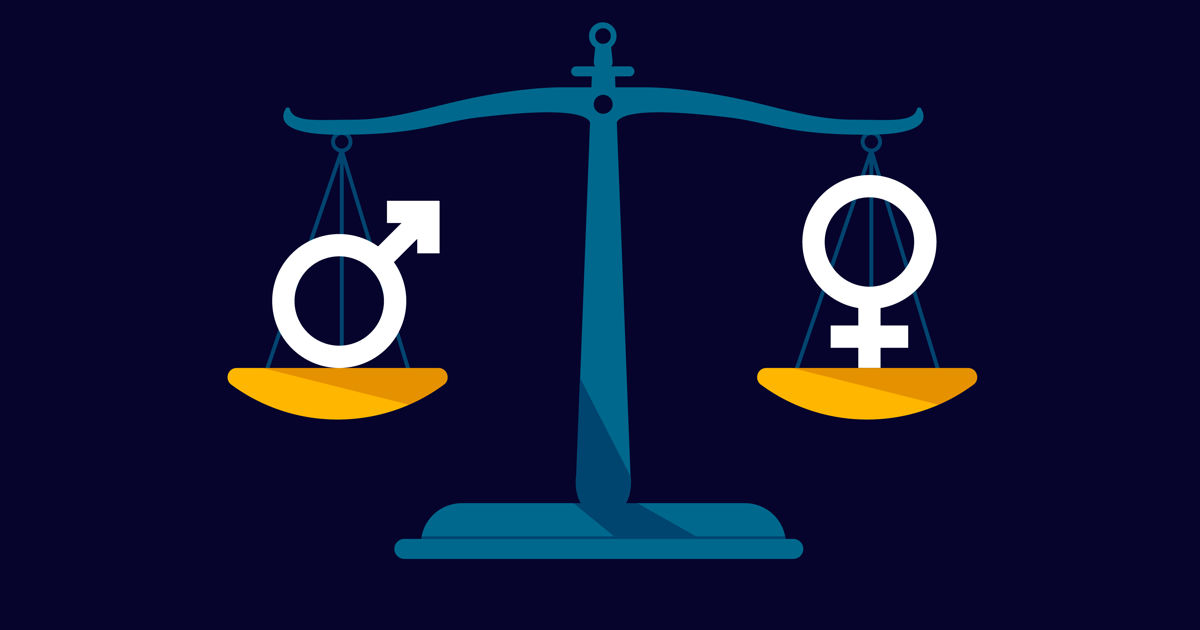Why gender imbalance should get companies animated
Strange Beast MD/EP Kitty Turley reflects on the changes that have taken place in the industry since 2016, and on the benefits she has seen from making the decision to have a gender balanced roster.
When I took over as Executive Producer of Strange Beast (a division of PASSION PICTURES) in 2016, we, like many other animation production studios, had, at best, a 10% representation of women on the roster.
At that point we made a very deliberate decision to sign female identifying creative talent until we redressed that imbalance.
We made a very deliberate decision to sign female identifying creative talent until we redressed [the] imbalance.
It is reasonable to expect that the person making the decision on who gets signed needs to connect with an artist’s work. For that connection to be made they need to be able to relate to the work and often see a bit of themselves reflected in it.
When you consider that the majority of people making those signing decisions at that time were men, you can see why the rosters of so many production companies were heavily male skewed. With an all-women leadership team at Strange Beast, that disparity was perhaps more apparent and something we felt had to be changed.
Credits
powered by
-
- Production Company Strange Beast
- Director Hannah Jacobs / (Director/Animator)
-
-
Unlock full credits and more with a Source + shots membership.
Credits
powered by
- Production Company Strange Beast
- Director Hannah Jacobs / (Director/Animator)
- Producer Zoe Muslim
- Executive Producer Kitty Turley
- Animation Strange Beast
- Writer/Lead Animator Harriet Gillian
- Music Kerry Leatham
- Sound Design Arzu Saglam

Credits
powered by
- Production Company Strange Beast
- Director Hannah Jacobs / (Director/Animator)
- Producer Zoe Muslim
- Executive Producer Kitty Turley
- Animation Strange Beast
- Writer/Lead Animator Harriet Gillian
- Music Kerry Leatham
- Sound Design Arzu Saglam
Above: Strange Beast's Hanna Jacobs' short film, Your Mountain is Waiting.
Initially it was easy to find brilliant, unsigned women directors because unconscious bias had created an untapped goldmine. Thankfully, this has become increasingly difficult as companies and agencies see the commercial potential in reaching a far wider consumer demographic.
Initially it was easy to find brilliant, unsigned women directors because unconscious bias had created an untapped goldmine.
As the industry woke up to the value of having greater diversity in the stories it was telling, we started to see a shift in the briefs we were receiving.
However, it was still clear that those creative briefs were being written by a very narrow demographic. For example, a brief for a haircare product for women with Afro-Caribbean hair was being written by a white man. That was not only very jarring to read, but hugely inappropriate.
Consumers were also waking up and rightly demanding greater integrity from the companies and brands they were engaging with.

Above: Brands that ignore consumers' insistence on honesty and transparency risk being 'cancelled'.
Despite its inauthentic origins, this ‘fake it ‘til you make it’ mentality sparked a shift as companies recognised the need for greater authenticity within its storytelling given it was now subjected to far more scrutiny from both inside and outside of the industry.
This ‘fake it ‘til you make it’ mentality sparked a shift as companies recognised the need for greater authenticity.
Audiences are far savvier and demand greater ethical standards from the brands they interact with and, thanks to the power of social media, can call-out brands who don’t meet those standards. ‘Cancel culture’ is very much a new wave in consumer rights and an insistence for honesty and transparency. Brands that ignore this do so at their peril.
With all change it is normal to expect a certain amount of resistance at the beginning but, over time and with consistent focus, it can lead to breakthroughs. We are seeing this with more entry points for people from marginalised backgrounds wanting to come into the industry, and greater encouragement for them to do so. Education plays a vital role, letting young people know the broad range of career opportunities across the creative industries, opportunities that have previously been dominated by a certain demographic but which now provide equal opportunities.

Above: There are some elements of the industry that still make it hard for women to climb the leadership ladder.
How we support individuals and allow them to thrive once they’re through the door is an ongoing learning curve, but we can and must do better. For example, by providing the right creative environment for the increasing number of women directors to feel entirely at ease in their role.
How we support individuals and allow them to thrive once they’re through the door is an ongoing learning curve.
A case in point is that there is currently a far better gender balance in 2D and stop-frame animation direction than there is in 3D. With 2D and stop-frame, a lot of women directors have been able to build up their confidence and tone of voice by working as one-person bands.
However, in 3D animation you have, historically, needed a bigger team of animators to make even a 30-second film. This means women directors were often in an environment where most people around them have had greater privilege and, with it, gained more confidence. Those women directors are then less likely to adopt leadership roles as quickly.
Thankfully, democratised 3D tools (Unreal Engine, Cinema 4D, Blender) have really changed things and we are starting to see female identifying and minority directing talent who have been able to build their confidence by themselves and then more easily move towards leadership roles within larger 3D teams.
Credits
powered by
- Agency Mother/London
- Production Company Strange Beast
- Director Anna Ginsburg
-
-
Unlock full credits and more with a Source + shots membership.
Credits
powered by
- Agency Mother/London
- Production Company Strange Beast
- Director Anna Ginsburg
- Music Production Company Siren/London
- Sound Studio Jungle Studios
- Director Caitlin McCarthy
- Music Arranger David Etherington
- Music Producer Sian Rogers, SIREN
- Sound Engineer Hannah Webster
- Executive Producer Kitty Turley
- Producer Zoe Muslim
- Animator Campbell Hartley
- Animator Harriet Gillian
- Animator Bianca Beneduci Assad
- Animator Magnus Atom
- Animator Matt Lloyd / (Animator)
- Animator Alex Bernas
- Animator Giulia Frixione
- Animator Charlie Lane-Bush
- Animator Olly Montagu

Credits
powered by
- Agency Mother/London
- Production Company Strange Beast
- Director Anna Ginsburg
- Music Production Company Siren/London
- Sound Studio Jungle Studios
- Director Caitlin McCarthy
- Music Arranger David Etherington
- Music Producer Sian Rogers, SIREN
- Sound Engineer Hannah Webster
- Executive Producer Kitty Turley
- Producer Zoe Muslim
- Animator Campbell Hartley
- Animator Harriet Gillian
- Animator Bianca Beneduci Assad
- Animator Magnus Atom
- Animator Matt Lloyd / (Animator)
- Animator Alex Bernas
- Animator Giulia Frixione
- Animator Charlie Lane-Bush
- Animator Olly Montagu
Above: Anna Ginsberg's Typically: #NoShameHere2021 for Bloody Good Period.
From a commercial standpoint these changes are yielding brilliant results: the highest earning directors on our roster are consistently women, which is a clear indicator that these changes are being met by a wider shift in industry trends as the stories the clients want to tell require more female identifying creative talent to tell them.
The highest earning directors on our roster are consistently women.
It will take time before we see the full potential of these opportunities being reached, but we are excited to see that happen and will continue to encourage it by providing equal opportunities for the women we represent and work with.
There are, beyond gender, many areas of diversity that need to be balanced, and that’s our focus. We very much hope that, in the not too distant future, the fact we are a studio with a gender-balanced roster becomes incredibly unremarkable.
)













